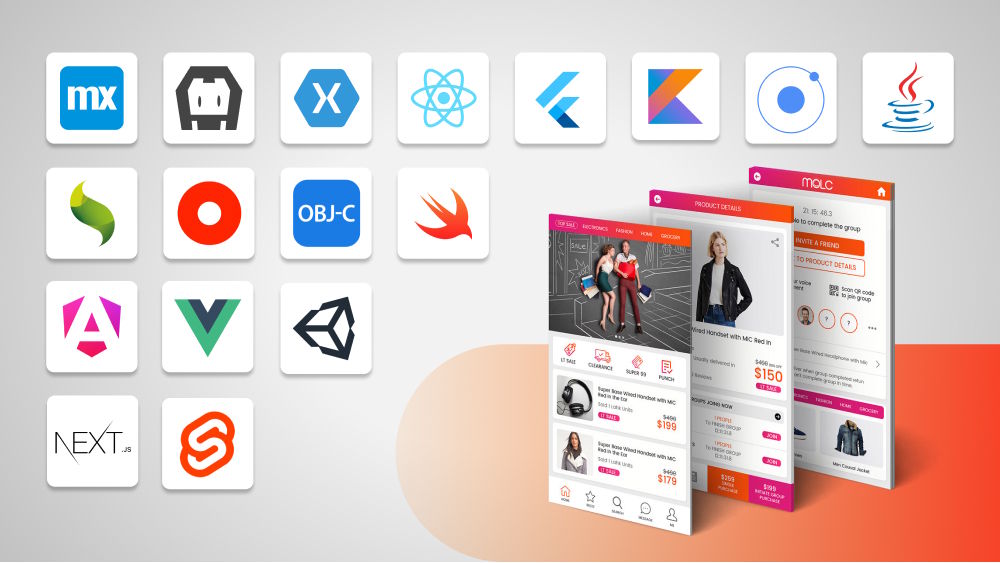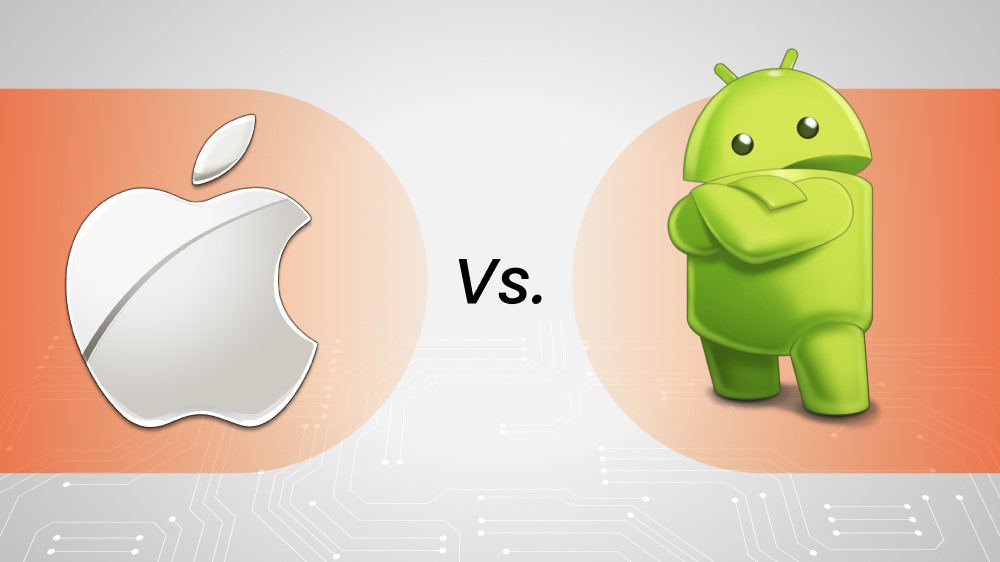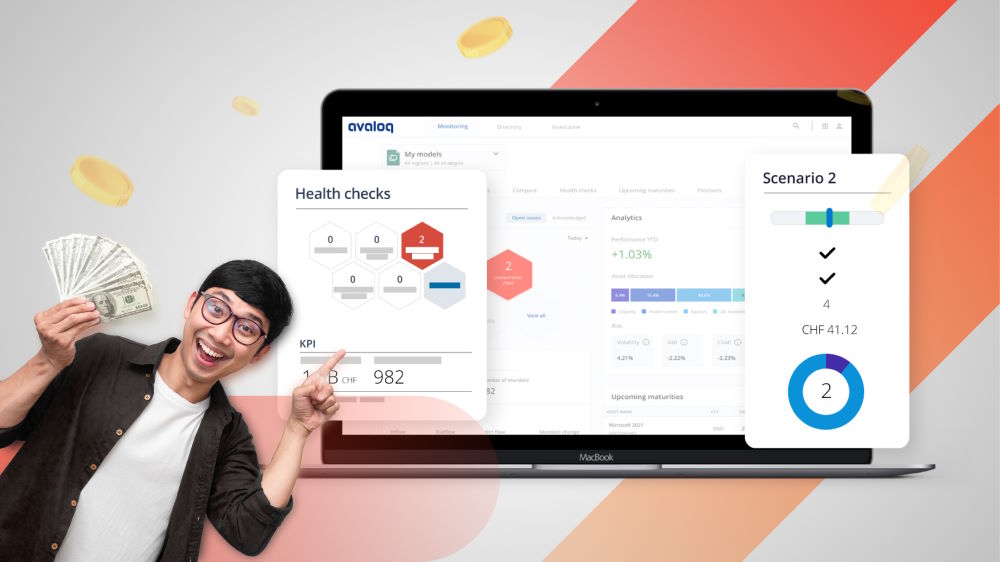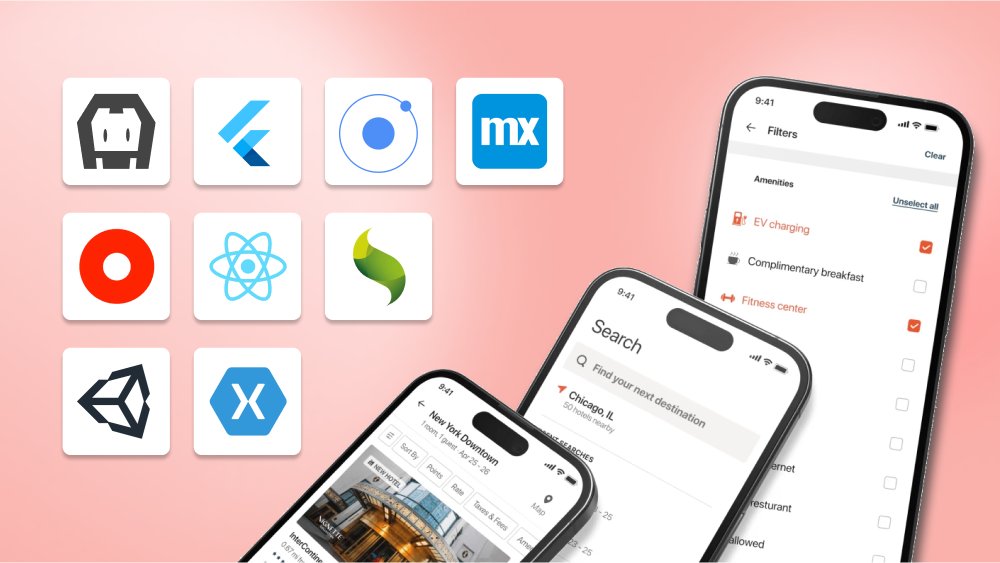ROI Software: Metrics & Tools for ROI Calculation in 5 Different Software Solutions
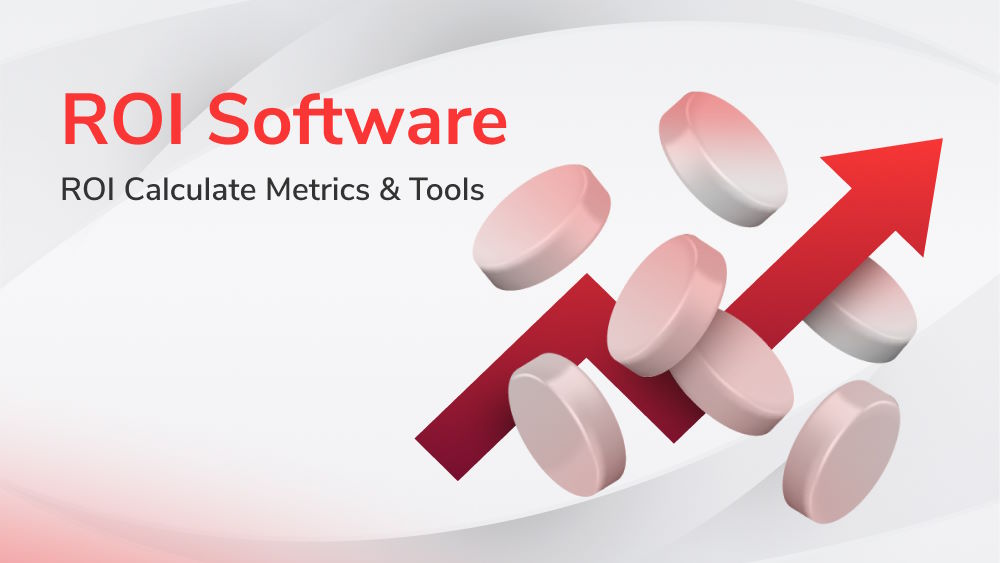
Content Map
More chaptersBalancing production and operating expenses with profit margins is always a common concern of businesses, regardless of size. According to Standish Group’s report, out of a total of 100% of newly developed software applications, only about 4% of the cases are successful in the market. As a result, businesses lose millions for software projects that are inefficient and less attractive to users. The cause of this may vary.
One of the common reasons is that organizations overlook calculating ROI for software. ROI (Return on Investment) is not simply a number representing the net profit or loss. It is more than that. If the ROI is positive, it indicates that the software investment is generating enough revenue or cost savings to justify the costs. Conversely, a negative ROI shows that the software investment is not delivering the expected benefits and may need to be reevaluated or modified.
So how to calculate ROI accurately? Based on metrics. By analyzing all the metrics related to the product, the business understands each unique perspective on the financial impact of software investments. The article below gives you different metrics for ROI software corresponding to five popular types of software development. Let’s get started!
Overview of ROI in Software

What is Software ROI?
Similar to other fields, software ROI, also known as Return on Investment, is a metric to measure the financial performance/benefit or return an organization expects to gain from investing in a particular enterprise software product. By evaluating the profitability of the software investment based on specific formulas and metrics, it is easier for the product leader to make informed technology decisions about which licensing expensive software solutions to implement and how to allocate their resources effectively.
Because there are many tangible benefits that are hard to measure, like customer satisfaction or increased brand awareness, measuring the actual ROI in software investments can be more complex than other types of investments. Therefore, it is essential when businesses have to take a more comprehensive approach to calculate ROI software in both the direct and indirect financial benefits.
Return on Investment (ROI) Calculation Formula
Software ROI = [(Gain in Investment - Cost of Investment)/Cost of Investment]
- Gain in Investment: The total financial benefit or gain that a company gets from investing in software, including increased orders, increased employee productivity, reduced costs, etc.
- Cost of Investment: The total cost of ownership (TCO) of a software implementation, including license fees, implementation costs, ongoing maintenance, etc.
What is a Good ROI for Software Development?
It is hard to give a specific number for what is a good ROI for software since it depends heavily on other internal factors like company size, goals, etc. However, under perfect conditions, an ROI of 100% or higher is considered positive for software projects.
An ROI of 100% means that the benefits of the investment are equal to the costs, indicating that the software development project has paid for itself. An ROI greater than 100% means that the benefits outweigh the costs, and the investment is profitable.
Calculate ROI for Software Projects: Why?
ROI (Return on Investment) is one of the important indicators that help businesses determine the effectiveness of their investment for specific software projects. By tracking how profitable software spending is, leaders understand the performance of product/technology investments.
Below are some benefits of ROI calculation an organization can achieve.
- Help decision-makers compare different potential investments and determine where to allocate resources for further development.
- Effective risks and resources management.
- Manage the resources more effectively.
- Quantify your software project idea in case of fundraising with stakeholders.
- Track the new software’s efficiency and performance over time.
Metrics to Measure Software ROI for 5 Different Software Investments?

The basic principles of calculating apply to all types of software development products. However, each type of existing software has a variety of specific calculations based on the specific metrics of that product type. So, it can be said that determining what are the metrics of the type of product you are developing is one of the essential tasks of every business process.
To improve internal business processes, when calculating ROI for any software projects, you must also list all the fields that you think can help increase revenue, reduce production costs and software spending, or improve customer service with the product.
This article provides you with five common types of software development in most organizations and specific metrics for each type to help you calculate return on investment more accurately. Note that the increase or decrease of the below metrics affects the potential ROI of the product, and some metrics may overlap with each other if it is appropriate for the product type.
CRM Software
Customer relationship management (CRM) software is a set of tools to help businesses approach and communicate with prospective customers in a systematic and effective manner. Therefore, the metrics to calculate the ROI of CRM software are also related to customer-related factors.
- Customer Acquisition Cost (CAC): The cost of acquiring new users through marketing and sales.
- Customer Lifetime Value (CLV): The expected total revenue received from a single user throughout the business relationship.
- Customer Churn Rate: The percentage of users who cancel their subscriptions during a fixed period.
- Sales Conversion Rate: The percentage of potential customers who finish a desired action.
- Customer Satisfaction Score (CSS): The impact of custom software on satisfaction levels and customer relationships.
- Customer Retention: The percentage of loyal customers.
- Marketing Cost: The cost of marketing activities.
- Sales Cycle Time: The length of time for a particular customer to move from contact to making a purchase/using product.
Accounting Software
Accounting software is a software product designed to manage user financial processes. Because of the modernization of banking apps today, some banking applications with more specialized features can also be considered as accounting software. Below are the metrics that are fundamental to financial management that you need to focus on, making sure no criteria are missed during the return-on-investment calculation.
- Customer Acquisition Cost (CAC): The cost of acquiring a new user of the software.
- Revenue Growth: The decreased/increased revenue generated after software development implementation.
- Gross Profit Margin: How much profit a business earns at a particular time.
- Net Profit Margin: Profit after deducting expenses.
- Employee Productivity: The ability of an employee to take input over a period.
- Net Promoter Score (NPS): The loyalty of customers and the likelihood of them recommending the software to others.
- Invoice Processing Time: The total time to process an invoice.
- Audit Preparation Time: The total time to prepare for an audit.
Supply Chain Management Software
Supply chain management software is a software product used to support the control of supply chain operations, including warehouse management, product lifecycle management, supply chain planning, etc. So, metrics related to goods and warehousing will undoubtedly make up most metrics for this kind of software development.
- Inventory Caring Cost: The cost of storing unsold products.
- Order Accuracy: The exact number of orders to the user without errors.
- Delivery Time: The total time to deliver products to customers.
- Order Lead Time: The total time from ordering to receiving the product.
- Supply Chain Risk: The risks of disruptions in the supply chain.
- Supplier Performance: Performance of suppliers in every aspect.
- Inventory Turnover: How quickly inventory is sold and replenished.
- Quality Control: Effective process to ensure the quality of the product.
Marketing Automation Software
This is an effective software tool that helps individuals and businesses automate several marketing activities, such as sending emails, lead scoring, collecting data, measuring outcomes, etc. Marketing automation software metrics are mainly related to customer retention.
- Cost per Lead (CPL): The cost of generating a lead.
- Conversion Rate: The rate at which potential customers convert into paying customers.
- Website Traffic: Total number of users visiting the product’s website.
- Return on Ad Spend (ROAS): The cost of advertising spending.
- Email Open Rate: Email marketing open rate of customers.
- Click-through Rate (CTR): The percentage of customers who click on promotional links or email marketing.
- Bounce Rate: The percentage of visitors that visit and leave a website without doing any purpose.
Project Management Software
Project management software is designed to serve the needs of optimizing business organization and operating systems with features such as planning, tracking projects, tasks, and schedules. Below are the metrics that can be used to calculate ROI for such software.
- Project Completion Rate: Rate of completing projects on time and on budget.
- Time to Completion (TTC): Time to complete a given project/task.
- Cost Variance: Distance between actual task/project costs and planned costs.
- Schedule Variance: Distance between actual task/project completion dates and planned ones.
- Project Budget Utilization: The cost used for the project at a specific time.
- Resource Availability: The availability of resources needed to complete a project.
Some other types of software development include commercial software or SaaS software development, ERP solutions, etc. You can also use some of the above metrics to evaluate the company’s performance and the effectiveness of these software products.
Regardless of the ROI for software calculation, the key is to identify clear objectives, establish a baseline for comparison and continuously monitor the system to ensure the best result of the software implementation process. And because the shape of your business and product changes from time to time, keep your metrics up to date and gain better revenue by continuously calculating ROI software.
Tools for Calculating ROI in Software?
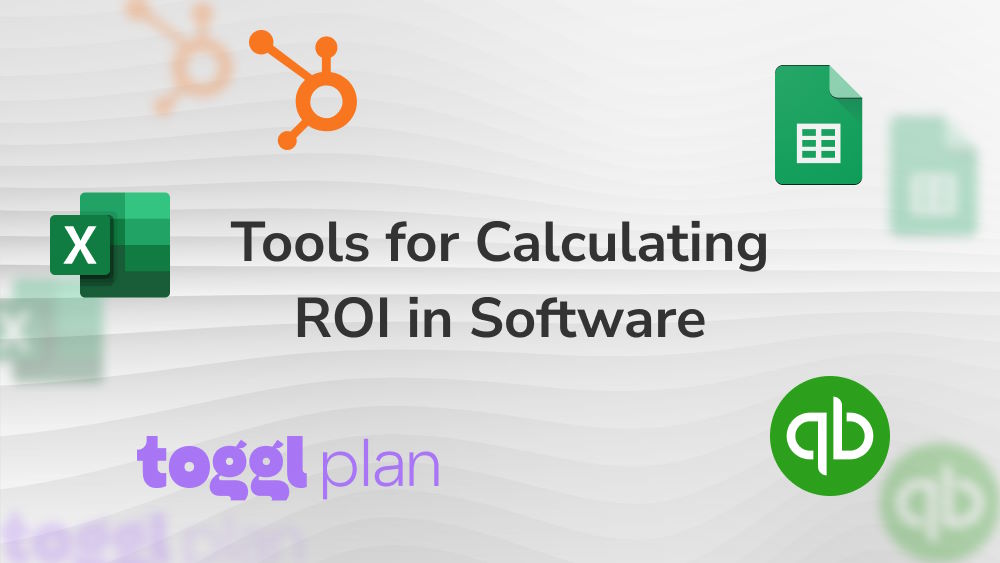
With the development of software technology, more tools appear to help businesses get rid of the hassle of calculating ROI for custom software. It is with the help of these tools that businesses both simplify the calculation process, increase accuracy, and provide detailed analysis to create a competitive advantage.
Among them, commonly used tools include:
- Microsoft Excel
- Google Sheets
- QuickBooks
- Toggl Plan
- HubSpot ROI Calculator
However, some tools still require the scrum master to manually input and calculate and list the necessary metrics. So don’t be too dependent on tools when each business has its own characteristics, and no one understands your business better than you.
Outsourcing Does Affect Your Software ROI
Developing new software is always a challenging story when it requires an experienced development team and industry expertise. That is the reason why people look to software development outsourcing services to ensure product output quality.
However, what you may not know, outsourcing services can have a significant impact on ROI. Outsourcing brings many benefits. Third-party vendors can help you reduce development costs by reaching other countries’ lower labor costs. This obviously translates into increased ROI. In addition, outsourcing can enable companies to access specialized expertise that is not available in-house, resulting in better quality products and faster time-to-market.
That is the case when you choose a suitable software development company to cooperate with. What about the case not? Outsourcing does come with its own set of challenges, such as time zone differences and communication barriers, etc. It is these difficulties that will partially affect the performance of the product, causing a decrease in ROI.
To maximize the benefits of outsourcing while minimizing the risks, it’s important to carefully select an outsourcing partner with a proven track record of success. Orient Software, with more than a decade of experience, is here to help you develop software products. Contact us if you need advice from experts.

